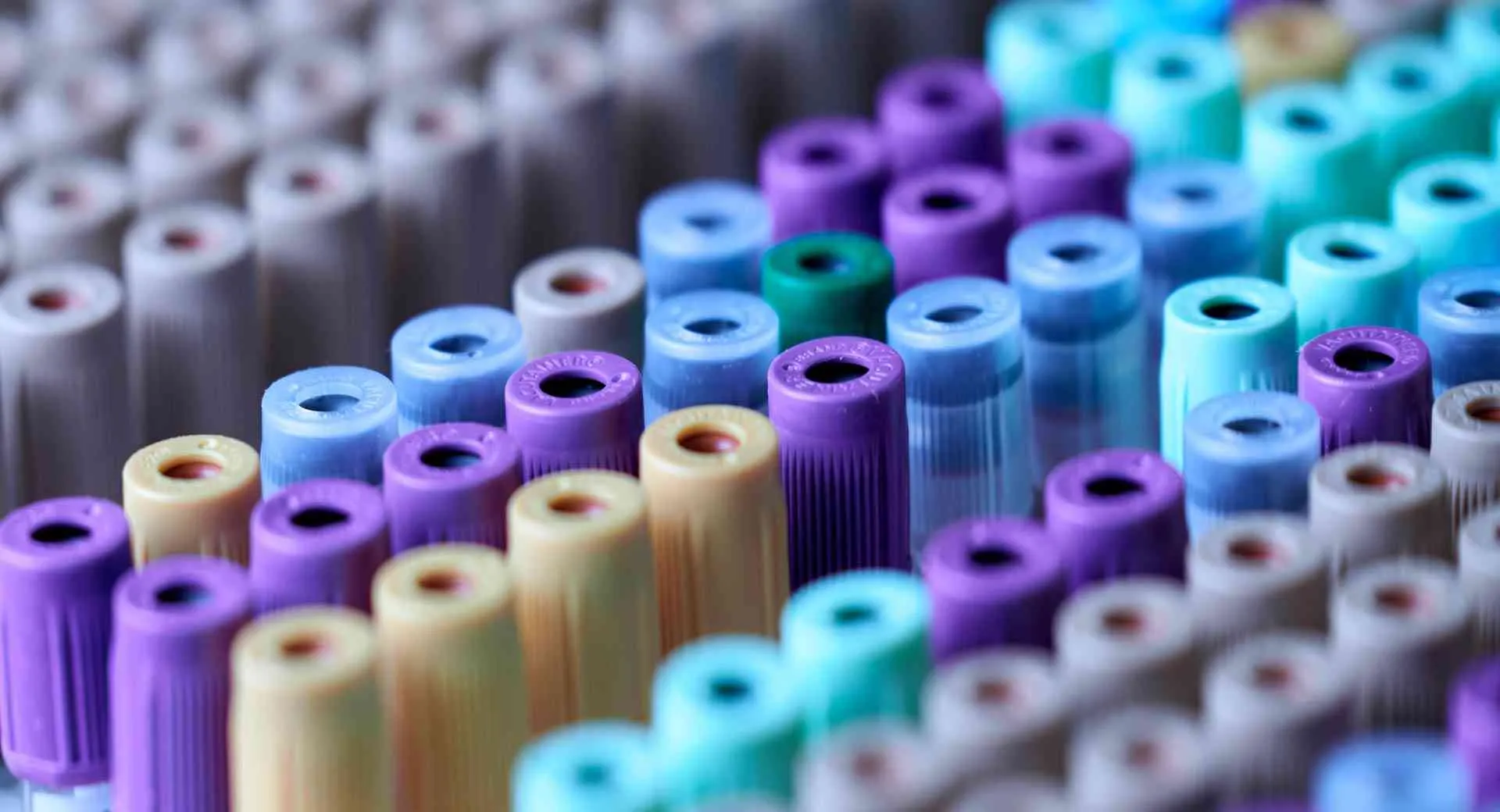Creative PEGWorks is now offering a series of PEG Dendrimers with biodegradable building blocks. Dendrimers…

Is Your Maleimide Thiol Chemistry Stable?
The typical PEG-maleimide-thiol reaction results in thiosuccinimide formation which is reversible, with PEG-maleimide elimination occurring slowly under biologically relevant conditions. The reversed reaction leads to the breakage of the maleimide-thiol linkage and the loss of PEG from the thiol/cysteine-containing molecules. If the maleimide-thiol chemistry does not work for your application, you may consider alternatives with much more stable bioconjugation.
Stabilizing Maleimide Thiol Chemistry
Carbonylacrylic PEG Reagants
Carbonylacrylic PEG reagents as an improved alternative to PEG-maleimide. mPEG-Carbonylacrylic (mPEG-CA): Carbonylacrylic (CA) PEG reagents are for chemoselective cysteine bioconjugation and undergo rapid thiol Michael-addition under biocompatible conditions in stoichiometric amounts. Importantly, the conjugates formed between Carbonylacrylic PEG and thiol/cysteine-containing molecules are resistant to degradation in physiological conditions.
PEG-Vinyl Pyridinium Reagants
PEG-Vinyl Pyridinium (PEG-VIP) reagents are a new class of thiol-selective PEGylation tools, and it offers an efficient and irreversible cysteine-selective bioconjugation method. The thiol selectivity and reactivity of the vinyl group are enabled by the quaternization of the nitrogen of the pyridine group, making the vinyl pyridinium an extremely reactive electrophile towards thiols. Importantly, the conjugates formed are resistant to thiol exchange reactions or degradation.
Self-Hydrolyzing Maleimides
Self-hydrolyzing maleimide: Many antibody-drug conjugates (ADCs) are unstable in vivo because they are formed from maleimide-containing components conjugated to reactive thiols. These thiosuccinimide linkages undergo two competing reactions in plasma: elimination of the maleimide through a retro-Michael reaction, which results in loss of drug-linker from the ADC, and hydrolysis of the thiosuccinimide ring, which results in a derivative that is resistant to the elimination reaction.
Drug-linker incorporating a basic amino group adjacent to the maleimide, positioned to provide intramolecular catalysis of thiosuccinimide ring hydrolysis. This basic group induces the thiosuccinimide to undergo rapid hydrolysis at neutral pH and room temperature. Once hydrolyzed, the drug-linker is no longer subject to maleimide elimination reactions, preventing nonspecific deconjugation.
Related Posts
- Biodegradable PEG Dendrimers
- Biodegradable PEG Dendrimers
Creative PEGWorks is now offering a series of PEG Dendrimers with biodegradable building blocks. Dendrimers…
- Biodegradable PEG Dendrimers
Creative PEGWorks is now offering a series of PEG Dendrimers with biodegradable building blocks. Dendrimers…
